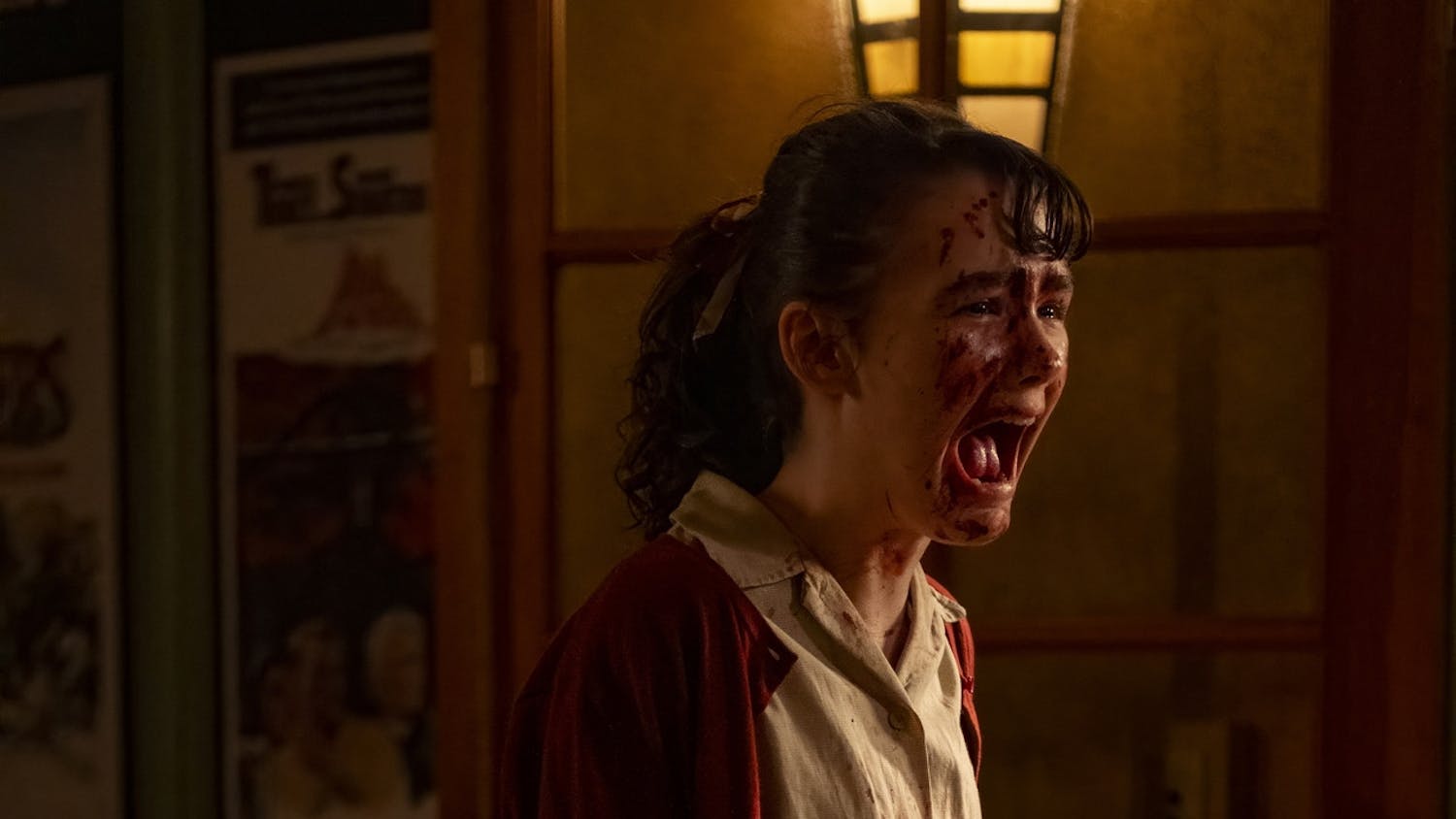Content warning: This article contains mentions of animal cruelty.
Filmmakers incorporating animals into their films is nothing new. Every movie watcher can at least give one example of an animal used in a movie or television show. One may remember the golden retriever that played Bud in Charles Martin Smith’s 1997 “Air Bud.” Another may recall the orca whale that played Willy in Simon Wincer’s “Free Willy” from 1993.
Movies like “Air Bud” and “Free Willy” depict the animals as cute and cuddly, almost implying nothing bad happened to them during the shooting of those films. While there are times when animals used for movies and television have near zero complications, there are also many times when the filmmakers have mistreated animals. As a result, animals retaliated and caused harm to the production crew.
One of the more recent examples is Peter Jackson’s “The Hobbit: An Unexpected Journey” (2012). During the film’s production, several animals were “allegedly maimed or killed” according to PETA. Those included “three horses, a pony, and several goats, sheep and chickens.”
Jackson reportedly attempted to diffuse the charges by “talking about the use of animals during action sequences.” However, the incidents did not happen while the cameras were rolling. PETA was able to acquire this information through five whistleblowers who frequently raised concerns about the “unsafe conditions for the animals” used during filming.
Gore Verbinski’s “Pirates of the Caribbean: The Curse of the Black Pearl” (2003) is another somewhat recent example of animal cruelty. The Hollywood Reporter reported incidents during the filming of the movie. Many smaller marine life, like fish and squid “were killed after explosions were detonated in the ocean.”
According to some documents from the film's production, "No one thought they would result in disturbing the marine life, so no precautions were taken.” It was also reported that “dead marine life was seen ‘washing up on shore’ for four days following the shoot.”
Another example of animals that were either harmed or killed during the production of a film harkens back to the childhood of many others as well. “The Adventures of Milo and Otis” (1986), directed by Masanori Hata and Kon Ichikawa, is a film that was an integral piece of many people’s upbringing.
“The Adventures of Milo and Otis” was a movie many people repeatedly rewatched when they were younger. A lot of people’s opinion of the movie changed when they found out about the dark production it had.
For context, the film’s plot follows a young cat and pug named Milo and Otis, respectively. The two animals befriend each other but have to reunite after accidentally straying away from the farm they live on. Along the way, both come across various animals in the wilderness.
According to an article by WKBW 7 News Buffalo, “more than 20 kittens were killed during its production and one cat's paw was intentionally broken to make it look unsteady when walking.”
These are all examples where animals were harmed and killed during the production of generally well-known movies. What about instances where animals harmed the filmmakers? Well, one of the most infamous examples of a film where animals harmed the production crew is Noel Marshall’s “Roar,” released in 1981.
“Roar” isn’t a movie with a traditional narrative structure. For one hour and 42 minutes, human characters are either attacked or chased by animals such as lions, tigers, jaguars, leopards and even a fully grown elephant. That’s it. That’s the movie.
According to the New York Post, cast and crew were attacked and mauled by lions 70 times. Some of the worst injuries included upcoming European cinematographer Jan de Bont ("Speed") having his scalp torn off and child star Melanie Griffith needing reconstructive surgery during filming.”
Named “the most dangerous movie you’ve never heard of,” “Roar” is a movie many believe should not exist by any means. Some consider there is nothing worthy of making a movie with wild animals unhinged, on the loose and harming the filmmakers.
Animals can be used in films and television, but only if there are precautions according to some professionals. If an animal is going to be used for a movie or television show, then it needs to be used in a way that does not potentially cause harm to the animal.
For a similar movie where predators like lions and tigers are filmed, they must only be filmed where filmmakers and actors are out of their reach. Trainers for the animals and people with tranquilizer guns should also be on set in case animals become aggressive or hostile.
With that, filmmakers can still use animals for movies and television without causing harm or death to the animals or production crew.






